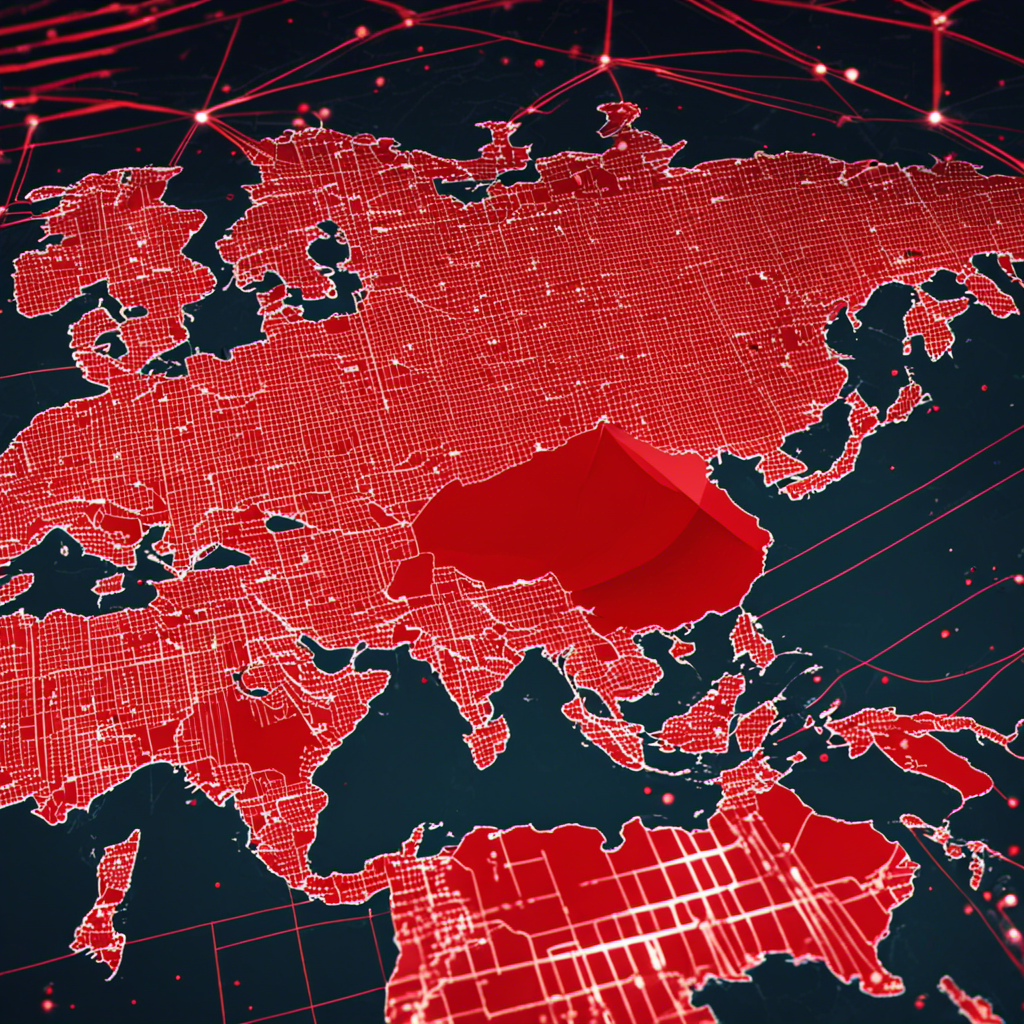In an era of unprecedented digital transformation, cybersecurity poses a pressing concern for not just businesses, but individuals alike. The advent of the ‘new normal’, characterized by a surge in remote work, has presented unprecedented challenges and threats not seen before in the cyber world. The virtual environment in which we operate today is fraught with complex obstacles that are continually evolving, offering fertile ground for threats to prosper.
This article endeavors to shine a light on this new wave of cyber threats that are rapidly gaining momentum. By navigating through the murky complexities of the cyber world, we aim to provide readers with strategic insights, helping them stay vigilant and informed. Through this understanding, individuals and businesses can better prepare for what lies ahead, enhancing their resilience against the ever-present cyber threats.
Understanding the Cyber Threat Landscape
With technology advancement, the digital world is incessantly evolving, and so is the face of cyber threats. Nowadays, hackers and cyber criminals are becoming more sophisticated, exploiting existing vulnerabilities, and consistently seeking out novel ones within systems. Opportunistic in their approach, they pose an increasing threat to individual, corporate, and national digital security. [source]
In this part of our discussion, we delve into the various types of emerging threats that are gaining prevalence in the cyber landscape. The relevance and the potential impact of these threats are gaining prominence as they evolve to become more advanced and harder to detect and mitigate. The fact that they evolve along with or even faster than defensive measures raises a pressing need for continuous vigilance and adaptive cybersecurity strategies.
From malware that stealthily infiltrate systems, ransomware that hijack valuable data, to phishing attacks that trick users into surrendering sensitive information, new forms of cyber threats are emerging frequently. Yet, even in face of these daunting challenges, cybersecurity experts are tirelessly striving to understand these threats better, to curate effective countermeasures against them. [source]
As we progress further into the digital age, the significance of understanding these evolving threats cannot be overlooked. Every individual and organization that uses digital systems is a potential target. Remaining informed about these threats and understanding how to counteract them is not just essential; it has become a necessity for survival in the digital ecosystem.

The Increasing Threat of Ransomware
Ransomware, a ubiquitous form of malware, operates by encrypting the files belonging to the unsuspecting victims. After successfully compromising the victim’s data, the attacker makes a ransom demand. This ransom, typically demanded in cryptocurrency, must be paid for the victim to regain access to their encrypted files.
The trend of ransomware attacks has seen a significant surge in recent years. This upsurge has been both in terms of frequency and severity of the attacks. Clearly, this poses a substantial risk to businesses and individuals alike, who are increasingly becoming targets to these malevolent cyber-attacks.
Ransomware attacks not only disrupt day to day activities but also lead to financial losses and in severe cases even reputational damage. Given the rampant increase and rapid evolution of such cyber threats, it’s crucial for individuals and organizations to keep their systems up-to-date and employ robust cybersecurity measures.
Phishing Attacks: Sneaky But Dangerous
Phishing attacks, a widespread type of cyber threat, extensively employ deceptive emails or websites as a medium to fool users into revealing sensitive data. This false representation is a common and concerning ploy utilized by cybercriminals to gather confidential information such as usernames, passwords, and credit card details. The prevention and mitigation of such malicious conduct requires an in-depth understanding of these cybersecurity threats. For enlightening resources on this topic, Stay Safe Online provides a wealth of information.
As digital advancements proceed, phishing attacks continue to evolve, with ‘spear phishing’ being a noteworthy example. A more refined variant of the conventional phishing scam, spear phishing incorporates personalized data, such as the recipient’s name, position, or other insider knowledge, in an effort to convince the victim that the communication is genuine. These highly targeted phishing attempts are notably successful due to their customized approach, rendering individuals more susceptible to the scam.
This constant evolution demands consistent vigilance and up-to-date knowledge on the part of users and organizations. There is anonymous reporting available to the authorities such as the Internet Crime Complaint Center, an FBI-inclusive resource that allows users the option to report incidents of suspected cyber crime.

Conclusion: Staying Alert and Informed
Cyber threats are an evolving field, continually presenting new difficulties for both individuals and businesses. It’s critical to stay informed about these burgeoning hazards, as this knowledge can be instrumental in devising proactive cybersecurity initiatives. These strategies can significantly mitigate risks associated with cyber threats. It’s fundamental to remember that the hallmark of effective cybersecurity involves a triad of prevention, detection, and expeditious action.
Holistically, the most potent strategy for dealing with cyber threats is to anticipate them, which involves staying ahead of the threats themselves. While reacting to these dangers is necessary, it is not a proactive cybersecurity strategy and, as such, doesn’t provide the same level of protection. Therefore, to further ensure their cyber safety, one should make it their goal to always stay ahead of potential threats, rather than just reacting to them when they occur.
In conclusion, getting a grip on the ever-transforming landscape of cyber threats is paramount. By remaining both vigilant and well-informed, and by instituting required security protocols, we stand a better shot at outwitting those bent on carrying out cybercrimes. The endeavour to maintain cybersecurity isn’t a fleeting or momentary one, rather it demands a consistent effort.
Like an everlasting game of cat and mouse, the goal is to always stay a single stride ahead. By doing so, we fortify ourselves against potential cyber threats; hence, establishing a safer and more secure digital environment for all users. Therefore, appropriate investment in continuous knowledge acquisition and implementation of the most recent defence strategies is unavoidably essential in our world today.
